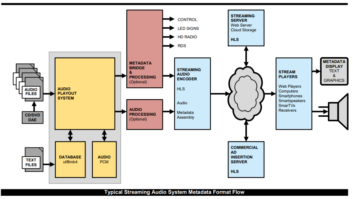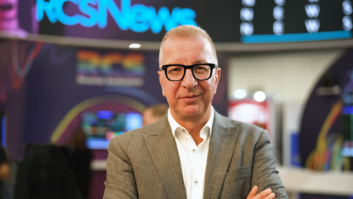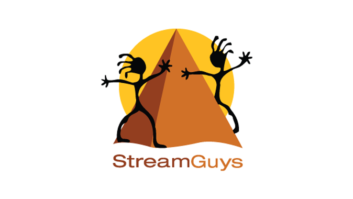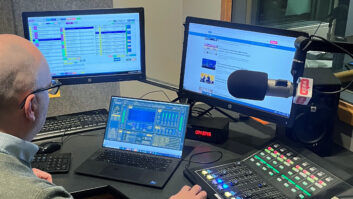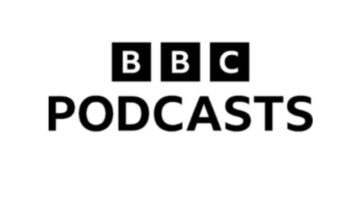
Streaming services provider StreamOn emphasizes the benefits of HTTP Live Streaming. That caught our eye at Radio World so we asked for more information about HLS. This Q&A is with Andrew Snook, the company’s chief technology officer.
RW: What is StreamOn and what is its business?
Snook: StreamOn provides radio broadcasters with a full end-to-end streaming audio solution. The company began in 2002 as a subsidiary of the OK Radio Group, where we used to own and operate 10 radio stations in Canada. We wanted a streaming solution that focused on achieving broadcast-level reliability, professional sound quality and ease-of-use for all listeners. We couldn’t find anything that met our needs so we built our own platform. In 2006 we sold the stations and began focusing exclusively on building Internet tools to help stations grow audience and generate meaningful revenue.
RW: What is HTTP Live Streaming and what are the main benefits to a radio broadcaster?
Snook: HLS is a wonderful new protocol that greatly enhances streaming reliability for mobile listeners.
Traditional streams require a constant connection between audio players and streaming servers. If that connection is ever interrupted the player has to reconnect and rebuffer, which causes dropouts in audio. This becomes quite problematic for in-car listening as movement between cell phone towers makes it difficult to keep these connections constant.
HLS solves this problem by chopping up audio into 5-second segments that are pushed out to listeners throughout the listening session. This means that listening devices only need Internet access for short spurts of time. Furthermore, HLS technology makes live audio cacheable by cell phone networks, office buildings and Internet service providers. This technology cuts down on bandwidth usage as streams only need to be delivered once to groups of listeners connected on the same network.
RW: How is HLS implemented in your offerings?
Snook: At StreamOn one of our most important priorities is making sure that online listeners can tune in with just a simple click, just like radio. Traditional streaming players rely exclusively on Adobe Flash as a play-out engine. That works well in most cases but what do you do for office listeners where Flash has been disabled? What about iPhone users who can’t even get Flash? Some of these people may be first-time listeners who don’t have the patience to go through the app store to download and install an app. It would be tragic to lose out on a ratings point because someone with a PPM meter couldn’t tune in for technical reasons.
This sensitivity towards listener ease-of-use prompted us to implement HLS not just in Flash but also in Java and HTML5. When a listener opens a StreamOn player, the player automatically detects your device capabilities and chooses the best option for playing the audio without requiring the user to do anything other than hit play.
RW: What other technical barriers do radio stations face to creating smooth, continuous streams to various listening devices?
Snook: The biggest challenge with Internet radio is the Internet part of it. It’s amazing how a just a little bit of packet loss or jitter can disrupt a stream while having next to no effect on Web browsing and email. HLS makes a big difference with these conditions, as the individual segments closely resemble regular Web content. What HLS doesn’t fix is routing issues. We’ve seen situations where computers in L.A. can’t connect to streaming servers in Chicago due to the slowdown of a router in Seattle. These hops outside of your control can be very frustrating. This is where it’s helpful to work with a global content delivery network like Limelight Networks. We partnered with them to make sure that the stations we work with can always get their content out with, with just one or two routing hops required.
RW: You work with radio stations that are trying to implement or upgrade their streaming offerings. Can you offer any technical tip or advice based on what other stations have done, any common errors to avoid?
Snook: The biggest mistake that stations make is not taking listener complaints seriously. You may only be getting a few complaints a week, but keep in mind that these are the listeners who even bothered to write in. How many potential listeners just gave up and didn’t bother?
Take your listener feedback very seriously. If a listener isn’t able to tune in at work, try and chase the problem down. Is there a proxy server that is acting negatively with your stream? Is a firewall blocking Flash? Is your encoder staying connected to your streaming server?
RW: What else do we need to know?
Snook: At StreamOn we’ve used HLS to create a unique player that gives listeners the ability to share audio they like on social media. Audio clips can be shared in real-time with advertising automatically attached. We think this a very tangible way for stations to generate revenue on social media just by using existing audio content. Email us at [email protected] and we’d be happy to share some monetization strategies.
_






